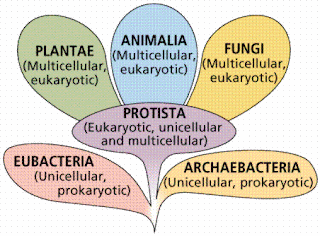THIS WEEK IS ABOUT...
FRACTIONS AND FLAGS
There are flags which are divided into several sections with different colours, for example the Polish flag is divided into two halves, each half having a diiferent colour, so the fraction would be 1/2 + 1/2. One half is red and the other half is white.
(Click on the image to read the names of the countries)
Could you identify flags with a different pattern or division of colours? ( Example: 1/3 + 1/3 + 1/3) Can you explain it? Write the name of three of these countries and explain which proportion of the total space is covered with each colour.
(Click on the image to read the names of the countries)
Could you identify flags with a different pattern or division of colours? ( Example: 1/3 + 1/3 + 1/3) Can you explain it? Write the name of three of these countries and explain which proportion of the total space is covered with each colour.
Invent and draw your own flag which is divided into 2/4 + 1/4 + 1/4. You can choose your own colours.
ANIMAL CAMOUFLAGE
Animal Camouflage
While some of us stand out in a crowd others tend to blend in and it’s the same in the animal kingdom. This animal camouflage section explains some of the concepts and offers a fun activity to help kids understand how camouflage works.
Camouflage Information:
- The color and/or pattern of an animal often allows it to either blend in or stand out from its environment. This helps them escape predators or hunt more efficiently by being harder to see.
- When it blends into its background it is called camouflage.
- For example, many animals that live in snowy areas are white, like the polar bear. Many animals that live in deserts are sand-coloured, many animals that live in trees are green, many animals that live on rocks match the coloration of the rocks and many animals that live near the soil are soil-coloured. Patterns, like stripes or spots, can also help camouflage an animal.
- A chameleon can even change its colour to blend in with its environment.
- Animals that stand out are often colored very brightly, this is because in the animal world a bright color means danger or poison.
- Take a look at some animal photos, which animals are camouflaged and which stand out from their surroundings.
- Make a cardboard cutout of an animal and color it with markings so that it camouflages into the color of your room.
Questions:
- What is it called when an animal blends into its environment?
- What are two reasons why an animal will blend into its environment?
- What are two ways an animal can blend into its environment?
- Can you name the animals in these pictures? Write the names of these animals in english and in spanish.
PREVIOUS WEEKS WERE ABOUT...
THE FIVE KINGDOMS
The Five Kingdoms - Classification
Biologists today have classified and divided all living things into five groups they call Kingdoms. These kingdoms are based on how living things are the same and how they are different. It is important that you understand that biologists are still learning about our world, and are making new discoveries every single day. As our knowledge about the world around us improves, scientists might find a better way to organize and classify life. As a result, these five kingdoms may someday change.
This would not be the first time that such a change has been made. The first classification system developed 2,500 years ago by a Greek philosopher named Aristotle included only two groups, Plants and Animals. He further placed animals into three groups, those that fly, those that walk, and those that swim.
Aristotle developed a classification system of his own.
The five kingdoms currently accepted by most (but not all) scientists are the Monera Kingdom, the Protist Kingdom, the Fungi Kingdom, the Plant Kingdom, and the Animal Kingdom.





